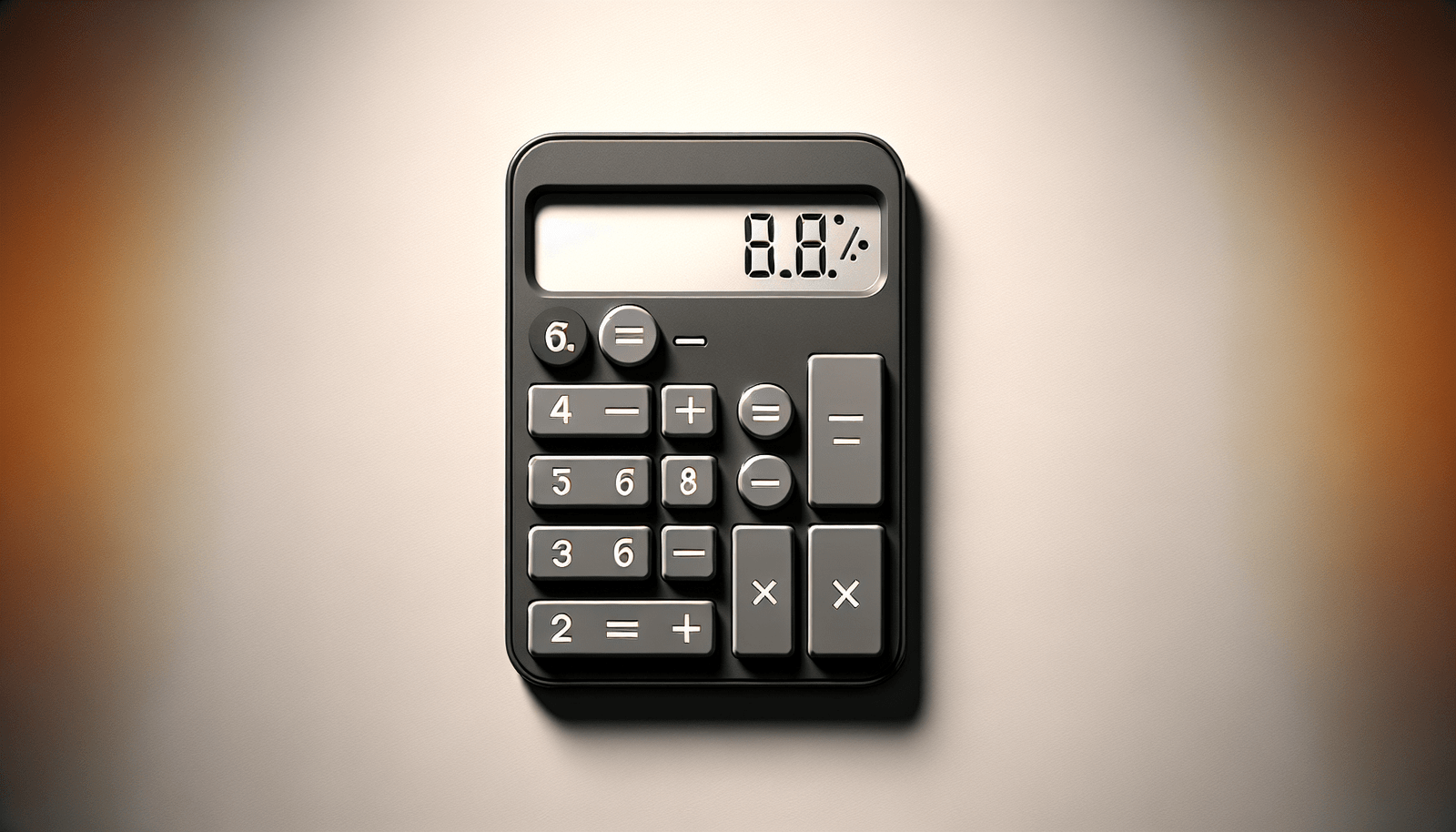Have you ever wondered how much your investments could grow over time? Whether you are saving for retirement, planning a large purchase, or simply want to understand your financial future better, a Simple Investment Calculator can be an invaluable tool.
 Simple Investment Calculator
Simple Investment Calculator
Simple Investment Calculator
Understanding how an investment calculator works can empower you to make informed decisions about your financial future. This tool uses the formula PV (1 + R)ⁿ to calculate the returns on your investments. It simplifies what might otherwise be complex computations, helping you get a clear picture of how your money could grow.
Key Inputs:
- Investment Amount (PV): The initial amount of money you invest.
- Interest Rate (R): The annual rate at which your investment grows.
- Number of Years (n): The duration for which you plan to invest.
- Compounding Frequency: How often the investment is compounded (e.g., annually, semi-annually, quarterly, monthly).
- Contribution Amounts: Additional amounts you might contribute regularly.
Formula and Usage
Basic Formula
The basic formula used by the investment calculator is:
[ FV = PV \times (1 + R)^n ]
Where:
- FV: Future Value of your investment.
- PV: Present Value or the initial investment amount.
- R: Annual interest rate (expressed as a decimal).
- n: Number of years the money is invested.
Complex Calculations
When you are making consistent contributions to your investment over time, the calculation becomes a bit more involved. Rather than applying the formula once, the formula must be applied to each period your contribution is made. The calculator automates these operations to provide accurate results without manual calculations.
Alternate Calculations
The Simple Investment Calculator isn’t just for calculating future value. It can also help you determine other important investment factors.
Required Investment Amount
Sometimes, you might have a financial target in mind and want to know how much you need to invest now to reach that goal. The calculator can help you find this initial amount using the future value formula rearranged to solve for PV.
Required Interest Rate
Knowing how much you have and the target you want to reach, the calculator can also help you determine the rate of return needed. This can be especially helpful when evaluating different investment options.
Required Contributions
If regular contributions are part of your strategy, the calculator can compute how much you need to contribute periodically to reach your future financial goals.
Steps to Use the Calculator
Calculating your potential investment growth is straightforward. Here’s a step-by-step guide:
- Choose the appropriate calculator option: Depending on whether you are calculating future value, initial investment needed, required return, or periodic contributions.
- Enter the required information: Input details such as the initial investment amount, interest rate, number of years, compounding frequency, and any regular contributions.
- Click “Calculate”: The tool will process your inputs and display the results.
Examples
Let’s see how this works with some scenarios.
Retirement Planning
Suppose you’re planning for retirement and currently have $10,000 to invest, you plan to invest over 30 years, the expected annual return is 6%, and you will contribute $200 monthly.
Given the inputs:
- PV: $10,000
- R: 6% or 0.06
- n: 30 years
- Compounding Frequency: Monthly
The calculator would use these details to show you the future value of your retirement fund.
Specific Financial Goals
Let’s say you want to buy a home in 10 years and need $100,000. If you can invest $5,000 initially at an annual return rate of 5%, you may need additional contributions to hit your target. The calculator will tell you how much you need to contribute monthly or annually.
Key Benefits and Tips
Investing can be daunting, but using an investment calculator offers substantial benefits and some handy tips to consider.
Benefits
- Simplifies Calculations: It makes complex math easy, saving you from having to memorize or even understand the formula intricacies.
- Scenario Analysis: Run multiple scenarios by changing inputs to see how different variables impact your investment outcome.
Tips
Consider Inflation
Inflation can erode the real value of returns. When using an investment calculator, consider adjusting the anticipated growth rate for inflation to get a more realistic picture.
Compound Growth
The effect of compound growth over longer investment periods is substantial. Understand that the longer you leave your money invested, the more significant the growth due to the compounding effect.
Analyzing Risk
Balancing potential returns with associated risks is crucial. Higher returns usually come with higher risks. Evaluate your risk tolerance before finalizing investments.
Related Calculators
In addition to the Simple Investment Calculator, there are several other tools that you might find useful:
- Investment Calculator: A general tool for various investment-related calculations.
- Compound Interest Calculator: Specifically calculates compounded interest over multiple periods.
- Future Value Calculator: Determines what an amount of money today will grow to in the future.
- ROI Calculator: Calculates Return on Investment to evaluate the efficiency of an investment.
- Present Value Calculator: Shows the current worth of a future sum of money.
- Annuity Calculator: Determines payments and valuations for annuities.
- SIP Calculator: Systematic Investment Plan calculator for regular contributions over time.
Understanding the potential growth of your investments can guide you in making sound financial decisions. A Simple Investment Calculator not only automates complex calculations but also provides valuable insights into your financial growth potential.
